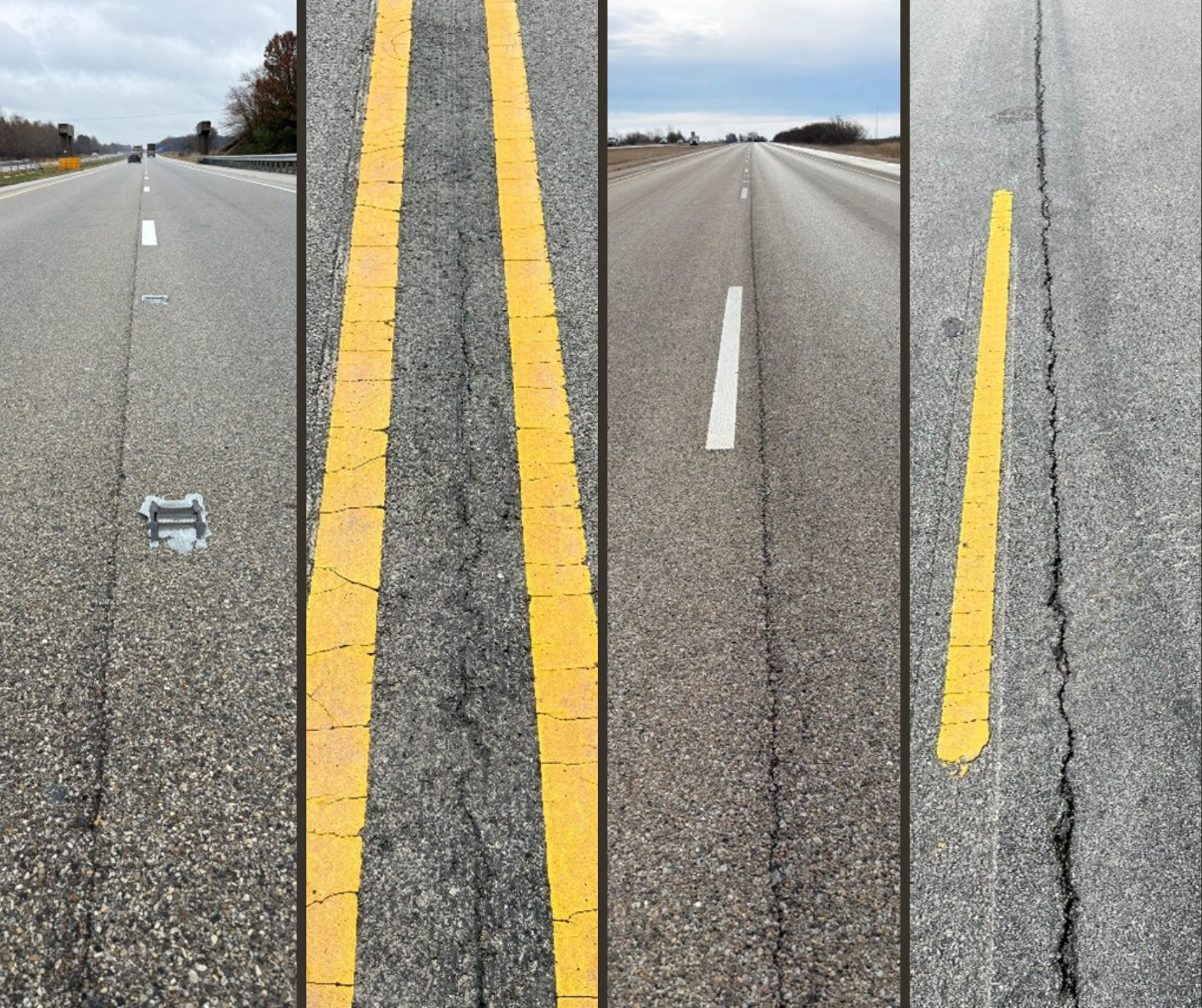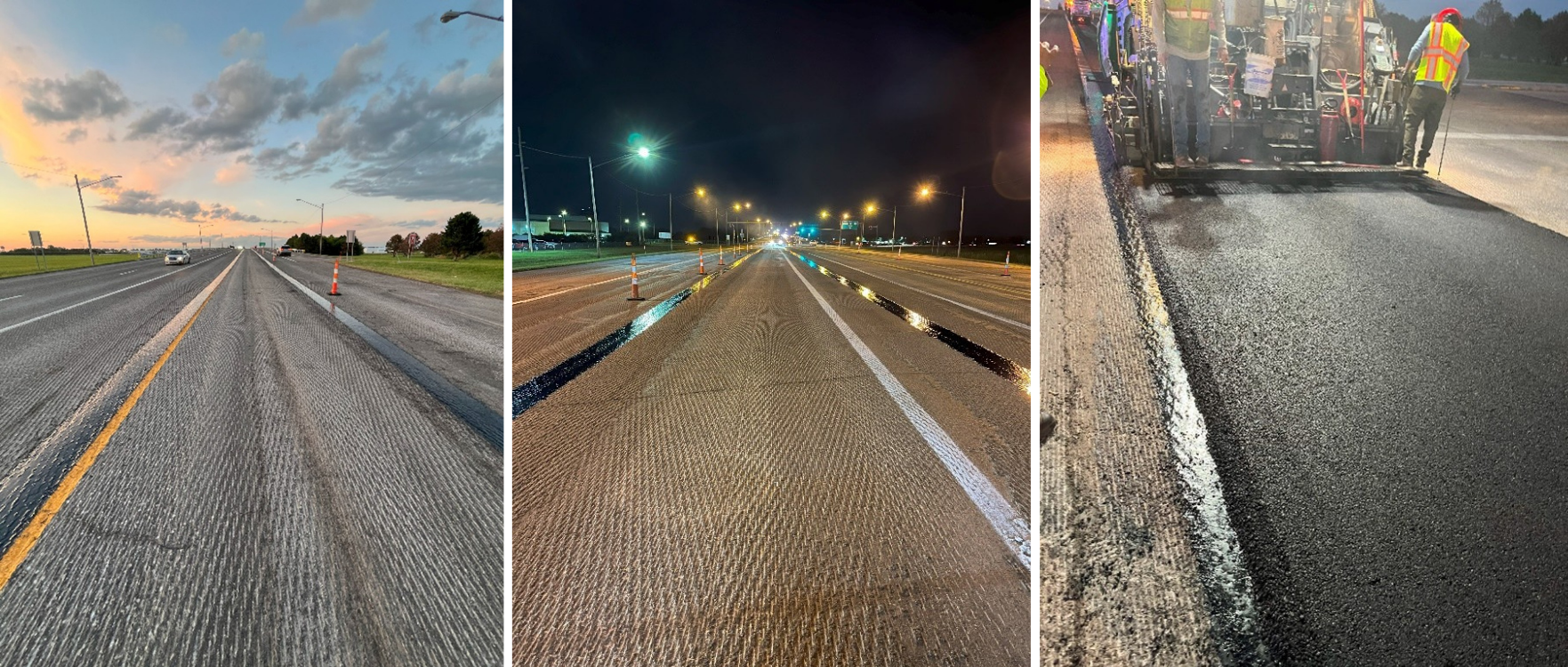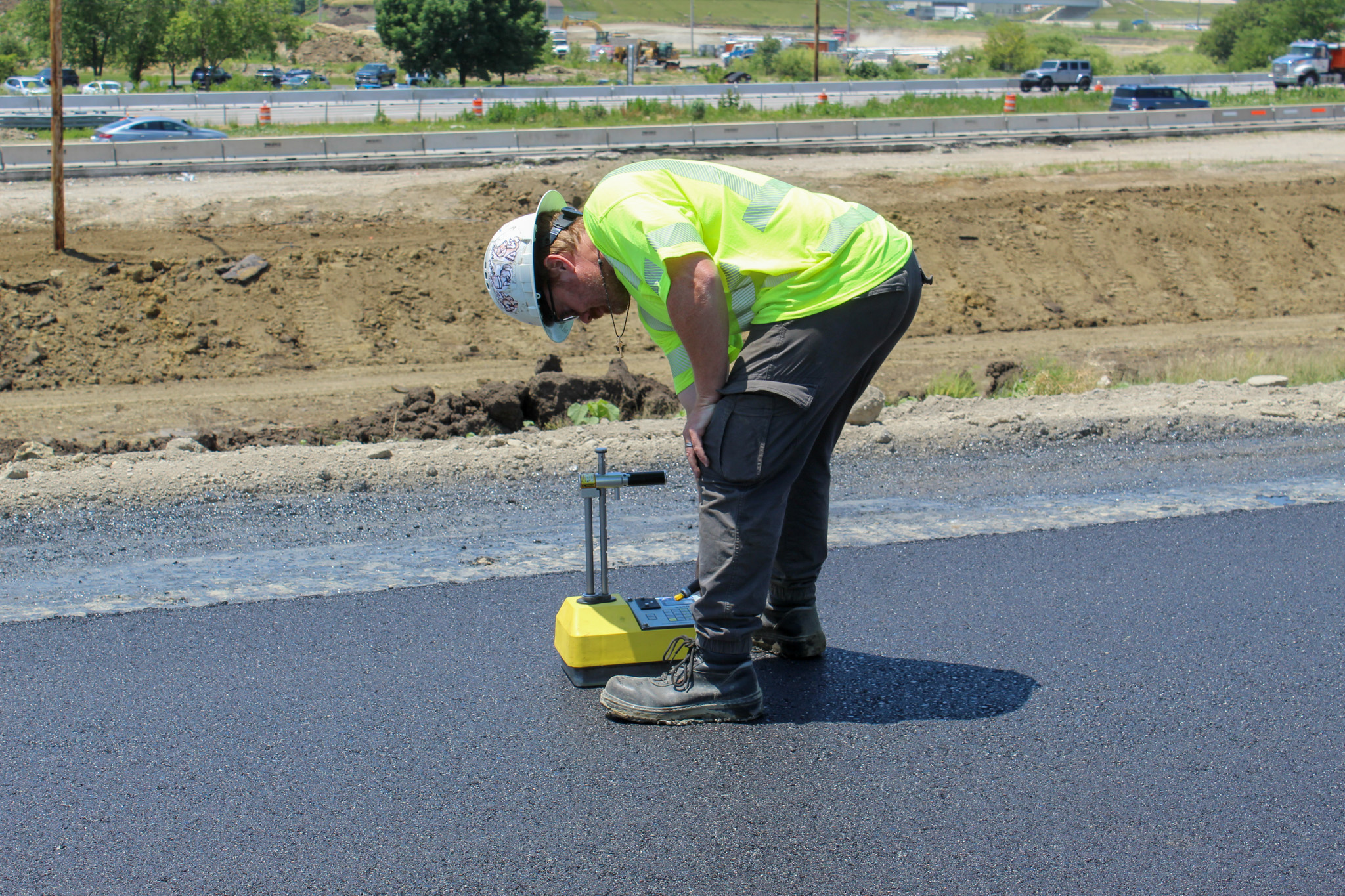As pavement technologies evolve, so do the best practices for road performance evaluation and maintenance. One such innovation, J-Band® void-reducing asphalt membrane (VRAM), protects vulnerable longitudinal joints from the damaging effects of air voids and water intrusion. This leading-edge material is being used by state and local agencies to extend...






